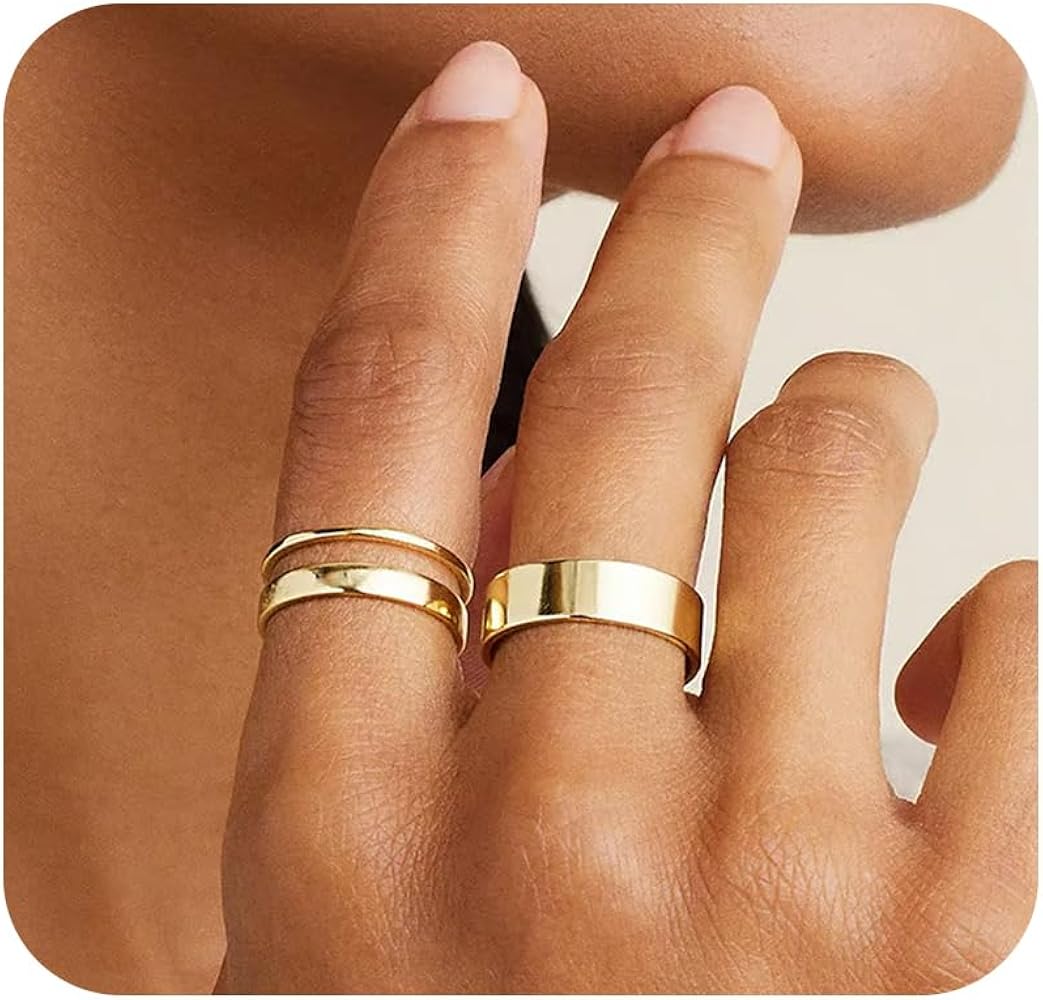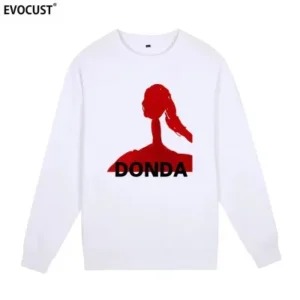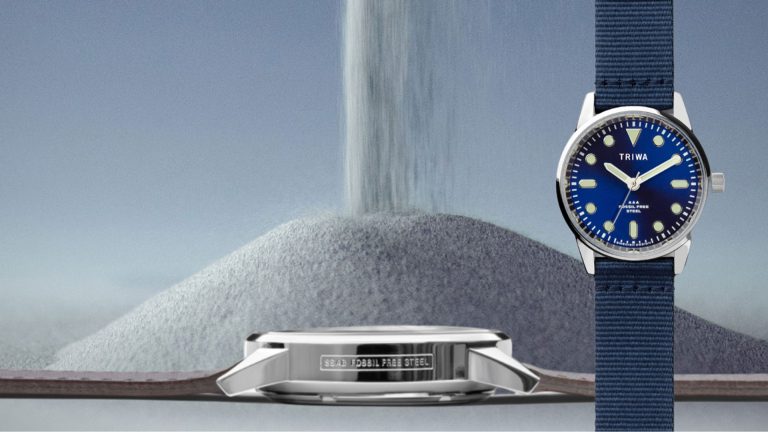Understanding Engagement Rings: A Comprehensive Guide
Engagement rings are more than just beautiful pieces of jewelry; they symbolize love, commitment, and the beginning of a new chapter in life. With a rich history and various styles, choosing the perfect engagement ring can be both exciting and overwhelming. This guide will explore the essential aspects of engagement rings, helping you make an informed decision.
The History of Engagement Rings
The tradition of giving engagement rings dates back centuries. Ancient Romans are believed to have started the custom, presenting iron rings as a sign of fidelity. The shift to gold rings emerged later, with diamonds becoming the gemstone of choice in the 19th century, largely popularized by the De Beers marketing campaign in the 20th century. Today, engagement rings come in a wide variety of styles, materials, and meanings.
Choosing the Perfect Engagement Ring
1. Setting Styles
The setting of an engagement ring refers to how the stone is mounted. Popular styles include:
- Solitaire: A single diamond or gemstone, emphasizing its beauty and brilliance.
- Halo: A central stone surrounded by a circle of smaller diamonds, adding sparkle and a sense of grandeur.
- Three-Stone: Features three stones, symbolizing the past, present, and future of the couple’s journey together.
- Vintage: Inspired by designs from earlier eras, often featuring intricate details and unique craftsmanship.
2. Gemstone Options
While diamonds are the traditional choice for engagement rings, other gemstones are gaining popularity. Some alternatives include:
- Sapphires: Known for their stunning blue hue, sapphires are durable and offer a unique look.
- Emeralds: With their vibrant green color, emeralds symbolize growth and harmony.
- Moissanite: A lab-created gemstone that resembles diamonds but is often more affordable.
3. Metal Choices
The metal used for the band can significantly impact the ring’s overall appearance. Common options include:
- Gold: Available in yellow, white, and rose variations, gold is a classic choice that complements various gemstones.
- Platinum: A durable and hypoallergenic metal, platinum has a sleek, modern look and is ideal for those with sensitive skin.
- Palladium: Similar to platinum, palladium is lightweight and resistant to tarnish, making it a practical option.
4. The Four Cs of Diamonds
When selecting a diamond for an engagement ring, consider the Four Cs:
- Cut: Determines how well the diamond reflects light. A well-cut diamond will sparkle beautifully.
- Color: Ranges from colorless (the highest quality) to light yellow or brown. The less color, the higher the value.
- Clarity: Refers to the presence of imperfections. Flawless diamonds are rare and more valuable.
- Carat Weight: Indicates the diamond’s size. Larger diamonds are generally more expensive, but the other Cs also significantly affect value.
5. Budgeting for an Engagement Ring
Setting a budget is crucial when shopping for an engagement ring. Consider the following:
- Personal Finances: Assess your financial situation to determine what you can comfortably afford.
- Priorities: Decide which aspects of the ring are most important to you (e.g., size, quality, design) and allocate your budget accordingly.
- Financing Options: Many jewelers offer financing plans that allow you to pay over time, making it easier to afford a beautiful ring without compromising on quality.
Customizing Your Engagement Ring
For those seeking a truly unique piece, customizing an engagement ring can be a rewarding experience. Work with a jeweler to create a design that reflects your partner’s style and personality. Customization allows for personal touches, such as incorporating specific gemstones or engravings that hold sentimental value.
Caring for Your Engagement Ring
Once you’ve chosen the perfect engagement ring, proper care is essential to maintain its beauty:
- Regular Cleaning: Clean your ring regularly with mild soap and a soft brush to remove dirt and oils.
- Professional Maintenance: Schedule periodic inspections with a jeweler to check for loose stones and overall wear.
- Safe Storage: When not wearing the ring, store it in a soft pouch or jewelry box to prevent scratches.
Conclusion
An engagement ring is a timeless symbol of love and commitment. By understanding the various elements involved in choosing the right ring, you can ensure that your selection reflects the unique bond you share with your partner. Whether you opt for a classic diamond or a vibrant gemstone, the perfect engagement ring will capture the essence of your love story for years to come.






